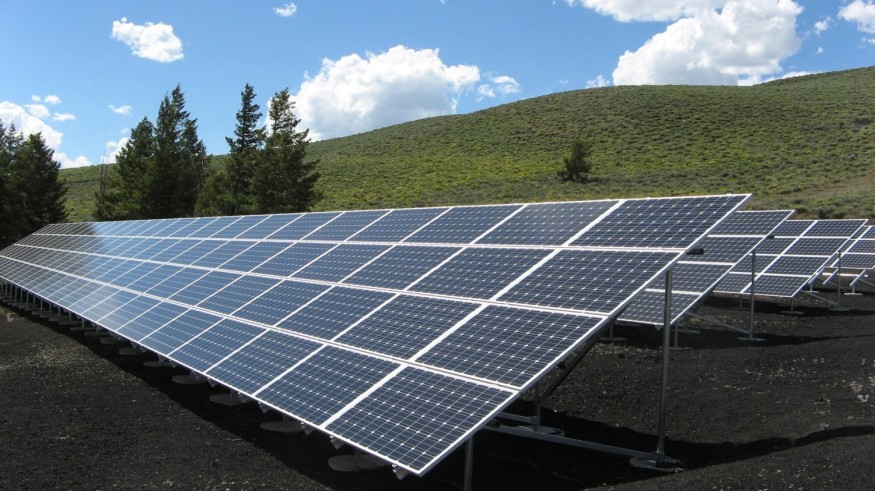Solar cells have been one of the paramount feats that human civilization has when it comes to harnessing the solar energy. This is done mainly with the primary objective of conserving energy by converting sunlight into electricity.
Although with the same purpose, the electrical device can be divided into three types of material as its foundation, such as crystalline silicon, thin film, and a mixture of the first two components.
With this engineering limitations, conventional silicon-based solar cells have been opaque.
The opaqueness of solar cells has been widely worked for solar farms, roofs, and other outdoor settings.
However, it would defeat the purpose of installing them as windows for both residential and commercial establishments.
Solar Home Windows

This month, a new study led by the University of Michigan in the United States showed that it is possible to head toward a semitransparent or transparent solar cells.
This came after researchers used a so-called process called peel-off patterning technique, which could allow the manufacturing of more fragile organic semiconductors into semitransparent solar panels.
The study was published in the journal Joule on July 13, wherein the research team utilized the multi-level peel-off patterning using a prototype version of a semitransparent organic photovoltaic module.
The study came a month after the World Economic Forum posted an article in May 23 that Earth is in the middle of the "first global energy crisis," but provided possible solutions for it, including the utilization of renewable energy like wind farms and solar plants.
The forum also deviated from adding more fossil fuels, which the United Nations also discourages under the 2015 Paris Agreement against climate change and global warming.
What is a Solar Cell?
A solar cell, also called a photovoltaic cell, is a technology that directly converts sunlight into electricity, according to the National Renewable Energy Laboratory (NREL).
The US government-owned laboratory stated that photovoltaics (PV) received its name through the process of converting light (photons) into electricity (voltage).
The process is known as the photovoltaic effect and it was first exploited in 1954 by Bell Laboratories scientists, who developed a working silicon-based solar cell that can produce electricity when exposed to sunlight, the NREL adds.
Solar Cell Mechanics
The American Chemical Society (ACS) explained that a solar cell is made up of two semiconductors: p-type and n-type silicon.
The p-type silicon is created by adding atoms, such as boron or gallium, which have one less electron in their outer energy ring level.
On the other hand, the n-type silicon consists of atoms that have one or more electron in their outer energy level.
Under such context, the ACS stated that electrons in the silicon are ejected when sunlight hits a solar cell.
In relation to the new study, the solar cell manufacturing mostly result in large byproducts that are mostly used in the field or outdoors, in general.
Now, the ground-breaking findings of the University of Michigan researchers could potentially lead toward the manufacturing of semitransparent solar cells with the size of a regular home window.
Related Article : Promising New Material Could Make Solar Cell Production Cheaper
© 2025 NatureWorldNews.com All rights reserved. Do not reproduce without permission.





